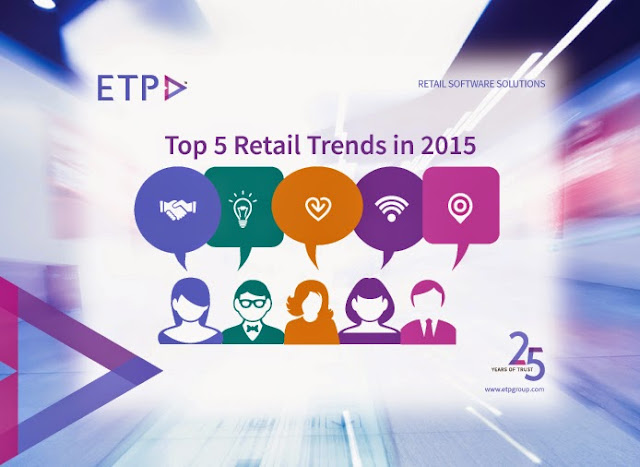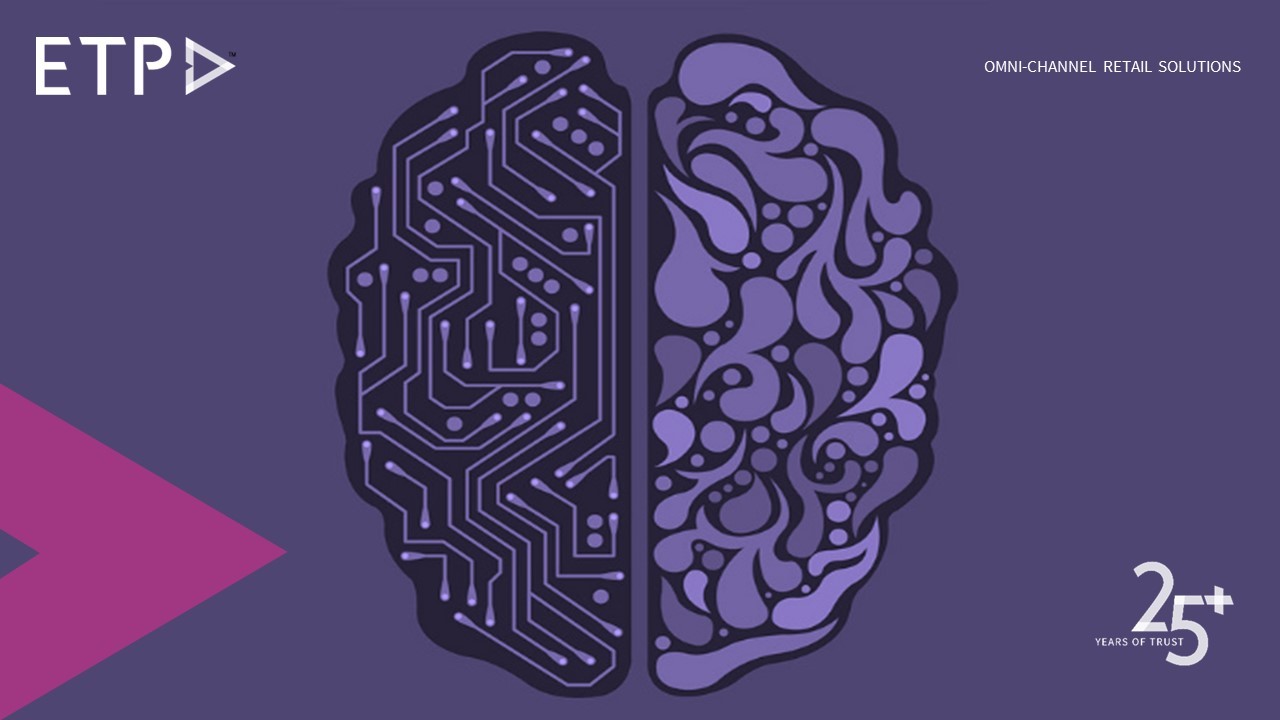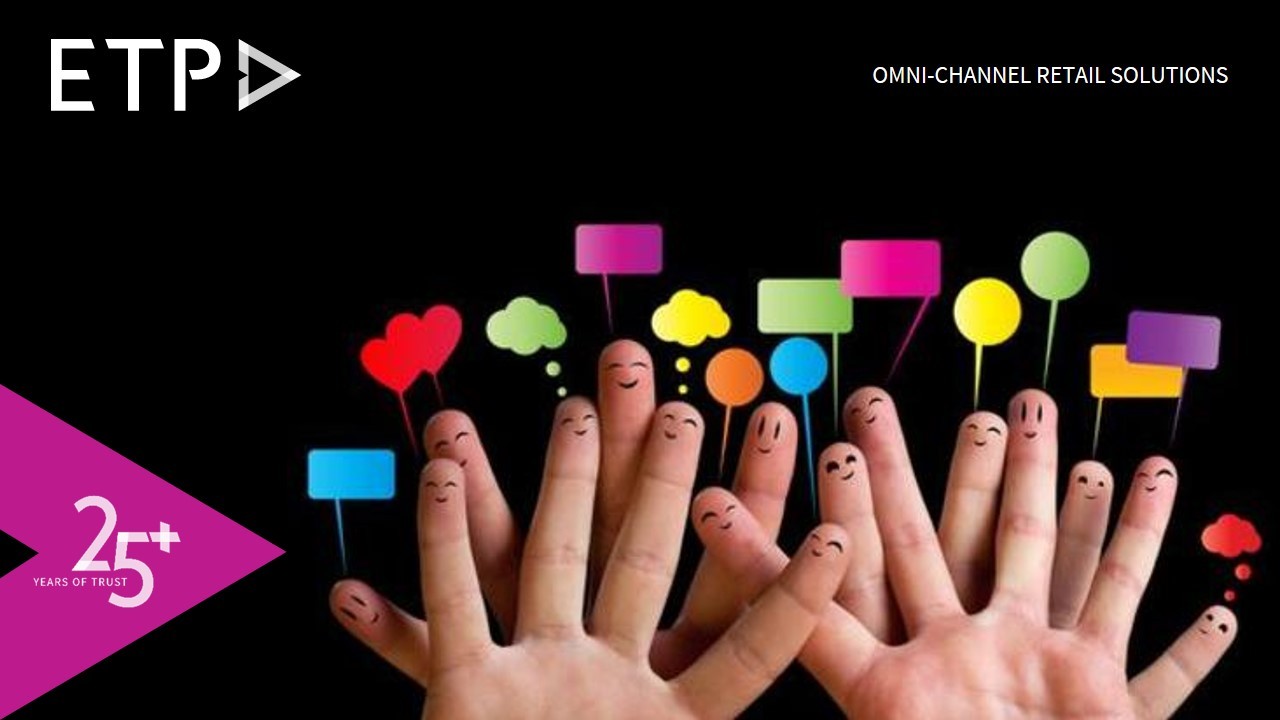The retail industry is continuously evolving with increasing complexity and momentum. Fluctuating demographics, domestic downscaling, savvier consumers, multiple information and business channels, and trends require nimble, flexible and intuitive models and processes to manage customer expectations, stay relevant and increase profitability. Retailing is rapidly and perhaps irreversibly becoming an industry that must tailor its offerings to its customers, in order to win them over and foster greater loyalty. Well, the future is here and here are its most important retail trends:

Personalized In-store Experience: A recent Infosys survey reported that 78 percent of consumers are more likely to be a repeat customer if a retailer provides them with targeted, personalized offers. The burgeoning competition and the homogenous products and service market space has resulted in customers cutting ties and ending long-standing loyalty, post even a single unsatisfactory shopping experience. Delivering the right store experience has become and will continue to be vital in order to differentiate one’s brand from the competition and also increase repeat sales and overall productivity. Falling short of customer expectation in this regard leads to negative word-of-mouth, which is often more freely dispersed amongst family, friends and co-workers.
Right Business Intelligence: The retail analytics market is estimated to grow from $ 1.88 billion in 2014 to $4.4 billion by 2019. Business Intelligence technology helps retailers effectively reach consumers, reduce operational time and costs and allocate their resources more efficiently. Most importantly, it lends the marketing and operational ingenuity to make better strategic decisions, accurate targets and devise fail-safes. Gartner recently revealed that “Leading business intelligence (BI) vendors will shift the emphasis of their new product investment from IT-authored production reports to business-user-driven data discovery and analysis tools.” This trend shall gain more impetus through increasing adoption of Cloud Technology, Mobile and Big Data applications for analytics which contribute to the mass implementation of IT in retail.
Chuck the “Hard-Sell”: In the year 2015, brands will employ processes and people that impart likability and approachability to induce a solution-based dialogue and build relationships. The cool clinical expertise approach is swapped with regular staff training to arm all customer-facing employees with the right tools to be more perceptive and engaging. Business is done between people, not companies – customers first learn to trust and be comfortable with the person representing the brand or the company. This is followed by building enough customer inclination to venture understanding brand offerings, consume products and services and become loyalists.
Omni Channel Shopping: Consumers expect a consistent and seamless shopping experience, regardless of the channel they choose to engage, at any given time. Forrester Research expects $ 1.8 trillion in retail sales via online and web-influenced channels in the year 2017. The line between physical and digital touch-points will continue to blur. Today, the customer’s retail journey is non-stop – dynamic, accessible, and constant. According to Teradata, by 2015, a company’s digital strategy will influence at least 80% of a consumer’s discretionary spending. While retail stores remain relevant and the nerve-center for the industry, accurate omni-channel strategies will help retailers increase volume of sales and revenue via other channels.
Emerging Markets: Retail organizations are beginning to understand the brimming potential of markets within Brazil, China and India. To give an example of how these hyper-growth markets are geared to change the world’s retail landscape – By year 2020, 53 percent of the world’s retail consumption will be from Asia alone. Companies from the emerging world are increasingly becoming major players in global markets—the BRICs now account for 75 of the Fortune 500, compared with just 29 in 2005. Retailers will expand operations to these countries, exploring unique opportunities of each market.
The retail industry is being beckoned by booming opportunities across continents, despite cultural disparities and local limitations. Each retail enterprise needs to set their own course and business trajectory which will determine eventual success. From the above trends, it is fairly easy to establish the large role technology continues to play in our lives. Retailers who adopt, build and integrate stable, scalable IT in their business shall remain resourceful and ready to unlock the market potential.




